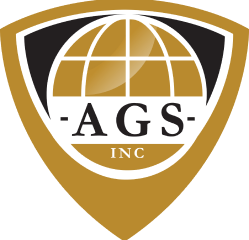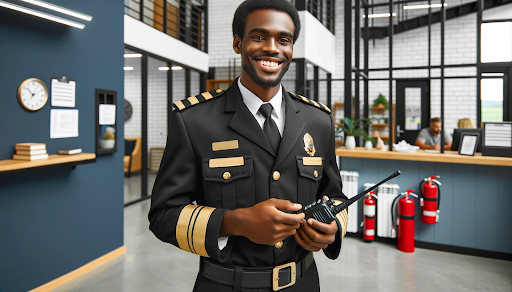Assembling and training a dedicated emergency response team is crucial for enhancing the safety and preparedness of any organization. For property managers, chief security officers, and security company hiring managers, knowing how to build this team effectively is beneficial and necessary. This blog post will guide you through creating a robust emergency response team within your organization, covering everything from team composition to training methods.
1. Identifying the Need for an Emergency Response Team
Before you start assembling your team, it’s important to understand your organization's specific needs. This involves assessing potential risks and determining the type of emergencies you are most likely to face, whether they be natural disasters, medical emergencies, or security threats. Identifying these risks will help you tailor your emergency response team to be as effective as possible.
2. Selecting the Right Team Members
When it comes to building your team, choosing the right personnel is key. The ideal emergency response team should consist of individuals from various departments within your organization. Here's a simple breakdown:
-
Leadership Roles: These individuals will be responsible for decision-making during emergencies. They should have strong leadership skills and the ability to stay calm under pressure.
-
Technical Specialists: Depending on your needs, this could include IT experts, medical personnel, or structural engineers.
-
Communication Officers: They will manage communications within the team and externally to the public and stakeholders.
-
Logistics Coordinators: Managing resources and ensuring all logistical aspects are covered during an emergency.
3. Providing Comprehensive Training
Training is the most critical aspect of preparing your emergency response team. Here are some key areas to focus on:
-
Emergency Procedures: Team members should be thoroughly trained in specific procedures tailored to the potential emergencies identified earlier. This includes evacuation plans, medical response techniques, and technical mitigation strategies.
-
Regular Drills: Regular drills will ensure team members can apply their knowledge and skills effectively in real-life scenarios. These drills must be as realistic as possible and cover a variety of emergency types.
-
Soft Skills Training: Soft skills such as communication, teamwork, and critical thinking are vital in emergency situations. Ensure your team is equipped with these skills to enhance their effectiveness.
4. Equipping Your Team
Proper equipment is essential for an effective response. Ensure your team has access to the necessary tools and technology to handle emergencies efficiently. This may include:
-
Communication Tools: Reliable communication devices are crucial for coordinating during an emergency.
-
First Aid Kits: Always readily available and stocked with up-to-date medical supplies.
-
Rescue Equipment: Depending on your risk assessment, this might include items like fire extinguishers, automated external defibrillators (AEDs), or specialized rescue tools.
5. Implementing a Response Protocol
Having a clear and concise emergency response protocol is crucial. This protocol should outline:
-
Chain of Command: Clear roles and responsibilities should be established to avoid confusion during an emergency.
-
Response Procedures: Step-by-step actions for different types of emergencies should be clearly documented and easily accessible.
-
Post-Emergency Review: After any emergency, reviewing and analyzing the response is important to improve future readiness.
6. Maintaining Readiness
Maintaining an emergency response team requires ongoing efforts:
-
Regular Updates and Training Refreshers: Keep the team’s skills and knowledge up to date with regular training sessions and updates on new procedures or technologies.
-
Equipment Checks: Regular checks to ensure all equipment is functional and ready for use.
-
Feedback Mechanisms: Implement a system for feedback from team members and use this feedback to refine and improve your response strategy continually.
.png)
.png)
.png)

.png)
.png)

.png)
.png)
.png)
.png)
